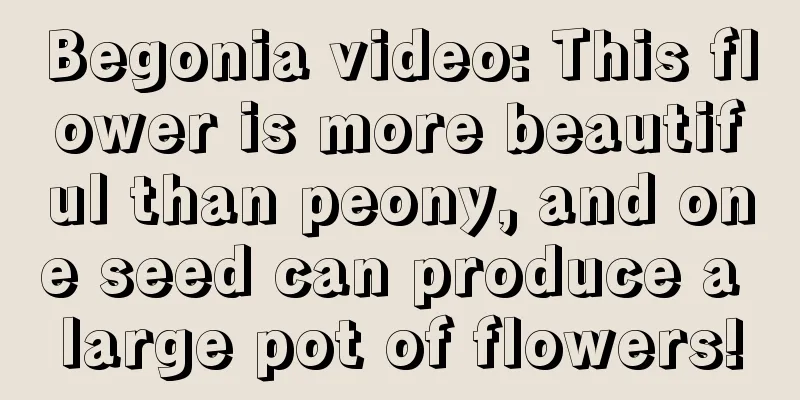How to propagate ivy by cuttings

Select cuttingsBefore cuttings, you need to prepare the branches and potting soil. Pinch a branch about 30 cm long from the top of the ivy, and cut it into three sections for cuttings when you get home. When cutting, make sure the leaves are intact and there are no insect marks on the branches. There is ivy in many places, and cutting off a piece will not affect its growth. After cutting it off, it is best to wrap the broken end of the branch with a paper towel, then wet the paper towel and put it in a plastic bag to prevent the moisture in the branch from evaporating and shrinking. Cut off the bottom leaves when you get home. Prepare the soilAfter returning home, find a few disposable plastic cups, poke a few holes in the bottom, and use them instead of flower pots. This type of flowerpot has several advantages: it holds less soil and the branches are less likely to rot. Secondly, the cup is transparent, so you can clearly see the rooting situation and transplant it in time. And it occupies a small area. CuttingsAfter putting soil in the cup, use chopsticks to poke a few small holes in the soil and insert the branches into them, basically one plant in each cup. Press down gently with your fingers to prevent the branches from falling over when watering. Management and maintenanceAfter cutting, water thoroughly and place in a bright place with plenty of sunlight. At the beginning, water more often, once every two days. After a week, you can gradually reduce the frequency of watering and wait until the soil is dry before watering again. Control the temperature between 15~20℃ and it will take root in about 20 days. Do not transplant immediately after rooting. Let the seedlings grow in the cup for a while. After another month when the root system is well developed, they can be transplanted into pots. TransplantingTransplanting is also very simple, just plant the seedlings upright in the soil. After transplanting, place it in a cool place for about a week to acclimate the seedlings, and then maintain it normally. If you like a large pot of lush flowers, you can plant two plants in one pot and let them grow opposite each other. |
Recommend
Why doesn't the sweet olive bloom?
1. Its flowering period Generally speaking, its f...
How to propagate star begonia
1. Seeding method Time selection: For this method...
Can Guanyin Lotus be hydroponically cultivated? Hydroponics cultivation methods and precautions
Can Guanyin Lotus be cultivated in water? The Alo...
Can roses be planted in sand?
Can roses be planted in sand? Roses can be plante...
Bayberry potted plant maintenance method, what are the precautions
1. Suitable potting soil When caring for bayberry...
How to grow the bird's nest
1. Breeding environment (1) Soil: It should have ...
Why doesn't the purple magnolia bloom?
1. Tree age problem This means that the plant has...
How and when to plant Shandong Chinese cabbage How to plant Chinese cabbage (steps)
Suitable planting time for Shandong Chinese cabba...
How to store Oxalis bulbs
Early knowledge on the preservation of Oxalis bul...
How to prune the leaves of the tall tree
How to prune the leaves of a tree When you find d...
Can crabapple cuttings survive?
1. Can it be inserted alive? Begonia cuttings can...
How about drinking lemon water?
How to make lemon water It is actually very simpl...
Okra planting technology and management methods
Okra prefers a warm, sunny environment and is sen...
Is peanut a fruit or a vegetable?
Are peanuts a fruit or a vegetable? Peanuts are n...
How to prune Australian fir bonsai
When to prune Australian fir bonsai The best grow...









